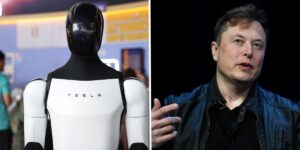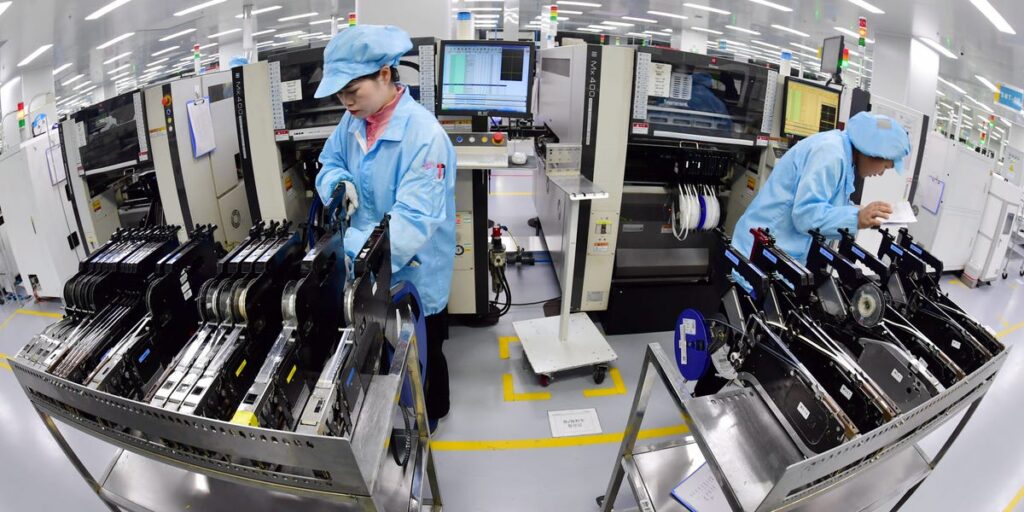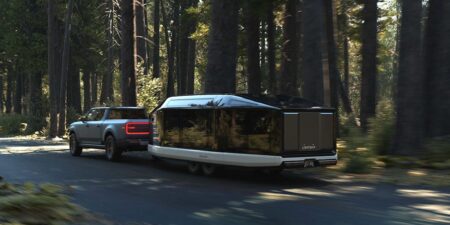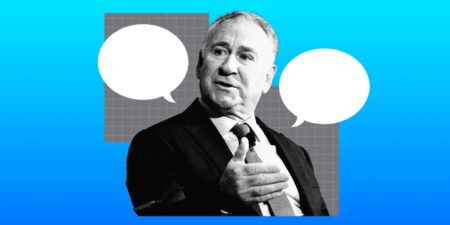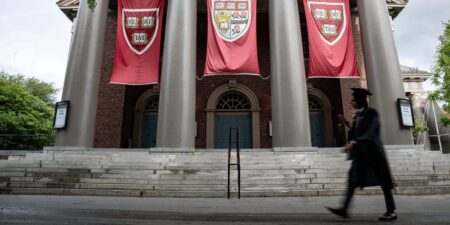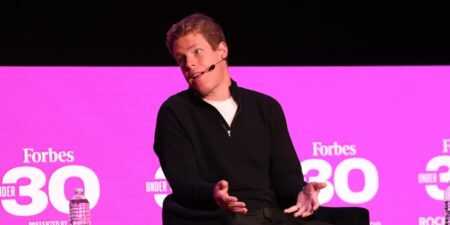Marc Andreesen believes America is at a profound turning point — and it can either lead the next industrial revolution powered by AI, or fall behind in a world dominated by “Chinese robots.”
In a conversation at the Reagan Library’s Economic Forum on Thursday, the billionaire venture capitalist and Andreesen Horowitz cofounder argued that the path to future growth lies not in nostalgia for old factory jobs but in reindustrializing America around next-generation manufacturing, especially in robotics.
“I think there’s a plausible argument — which Elon also believes — that robotics is going to be the biggest industry in the history of the planet,” Andreesen said, referring to CEO Elon Musk. “It’s just going to be gigantic.”
“There’s going to be billions, tens of billions, hundreds of billions of robots of all shapes, sizes, descriptions running around doing all kinds of things, and those robots need to be designed and built.”
But if the US doesn’t take the lead, he warned, it risks “living in a world of Chinese robots everywhere.”
Manufacturing’s long fall
Andreesen’s case comes amid a long-term decline in the importance of manufacturing to the American economy.
In 1947, manufacturing made up over 25% of the US GDP. By 2017, it had plunged to under 12%, according to data from the Bureau of Economic Analysis shared by the American Enterprise Institute.
Employment figures are even more stark. Manufacturing accounted for nearly 33% of all US jobs in 1947, but had dropped to about 8% by the end of 2024, according to the Bureau of Labor Statistics.
Tariffs have been the Trump administration’s preferred solution to this decline, but industry experts and Wall Street have said that won’t be enough.
A May report from Wells Fargo estimated that the US needs $2.9 trillion in capital investment to regain 1979 manufacturing job levels, calling it an “uphill battle.”
Goldman Sachs analysts echoed that sentiment in June, warning that tariffs can’t overcome China’s advantages of cheaper labor and government subsidies. Only a surge in technological innovation, they wrote, can reverse the “long-run stagnation” in productivity.
Meanwhile, US manufacturers are struggling to fill the roles already available. In an April 2024 report, the Manufacturing Institute and Deloitte found the US could need 3.8 million new manufacturing workers by 2033, but half of those jobs could remain unfilled due to skill shortages.
Build what’s next — or be left behind
Andreesen proposes a different vision: use AI to transform what manufacturing means.
Rather than bringing back low-cost labor, he called for massive investment in “alien dreadnought” factories — hyper-automated factories producing robotics, drones, EVs, and AI-enabled machines that he believes could revitalize rural America and make the US the leader in embodied AI.
“We shouldn’t be building manufacturing lines that have people sitting on a rubber mat for 10 hours screwing screws in by hand,” he said.
“We should be building what Elon calls alien dreadnought factories,” he said.
Elon Musk has repeatedly used the term, including in 2016 and in 2020, to describe his vision for highly automated, roboticized Tesla factories, particularly for Model 3 production.
Andreesen argued that this reinvention would not only reverse decades of deindustrialization but also help solve broader problems, from national security to wage stagnation to the urban-rural divide.
“We have to do we have to do this because it’s necessary from a national security standpoint. We have to do it because we need the economic growth. We have to do it because we need an answer for the entire population of the country, not just the cities,” he said.
“And we have to do it because if we don’t do it, China’s going to do it — and we don’t want to live in that world.”
Read the full article here




